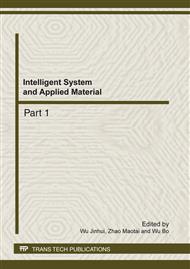p.759
p.763
p.768
p.773
p.778
p.784
p.789
p.794
p.799
A Simulation on Aerodynamic Noise of an Air-Conditioning Duck
Abstract:
The transient flow field is needed in order to predict the aerodynamic noise of an automotive HVAC duck by conventional methods. However, it is time-consuming when are several improved schemes .To solve the problem, schemes with large sound power can be discarded using Broadband Noise Source (BNS) model at first. Then, the best scheme can be found after the transient flow simulation .In this paper, an automotive HVAC duck is used as an example. Firstly BNS is used to predict which scheme is noisier, secondly the aerodynamic noise is computed using Fluent coupled with Sysnoise. At last they come to the same conclusion. The simulation results indicate BNS model can be used to find which scheme is the best without computing the transient flow field. So it can shorten the cycle of developing new products.
Info:
Periodical:
Pages:
778-783
Citation:
Online since:
February 2012
Authors:
Price:
Сopyright:
© 2012 Trans Tech Publications Ltd. All Rights Reserved
Share:
Citation:


